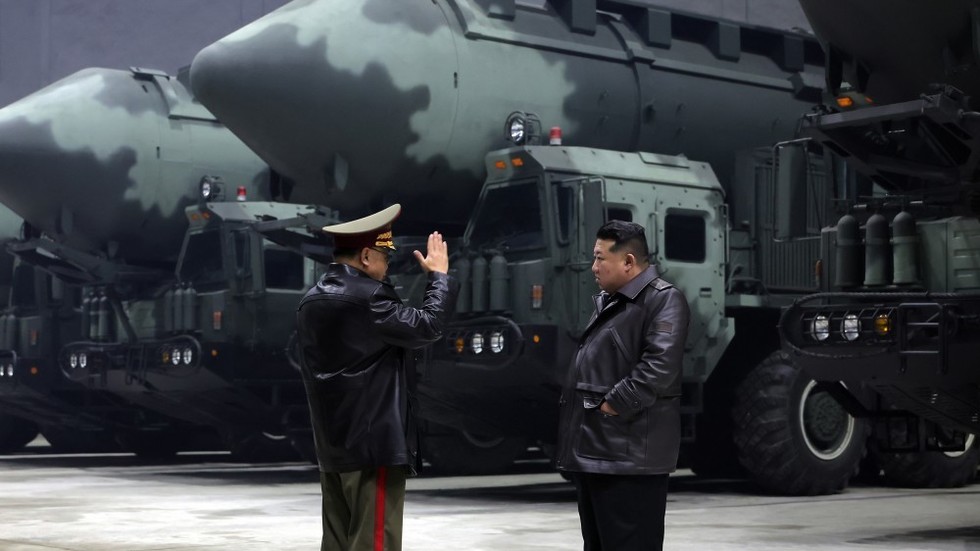In a recent statement, North Korean leader Kim Jong-un underscored the need for his nation to enhance its strategic missile capabilities in response to perceived threats from U.S. nuclear weapons. He emphasized that bolstering the country’s deterrent force is critical for the Democratic People’s Republic of Korea (DPRK) in the face of an increasingly hostile security environment. Tensions on the Korean Peninsula have escalated markedly in recent months, particularly between the North and South, who have technically remained at war since the armistice in 1953. Allegations have emerged from North Korea accusing South Korea of deploying drones to drop propaganda leaflets, while the South retaliated with accusations of the North sending balloons filled with refuse across the border. These provocations are indicative of a deteriorating relationship and heightened hostility.
Earlier this year, Kim Jong-un signaled a departure from his family’s long-standing goal of reunification with South Korea, instead labeling the South as a “principal enemy.” This shift marks a significant change in rhetoric and strategy for the North, raising concerns about potential military confrontations. In a recent inspection of strategic missile bases reported by the state-run Korean Central News Agency (KCNA), Kim described the missile systems as pivotal to national defense. He urged that these systems must remain modernized and capable of launching a “strategic counterblow” against what he perceives as threats. Kim’s insistence reflects the regime’s commitment to advancing their military capabilities while portraying the U.S. as a primary obstacle to peace and stability in the region.
The growing animosity between the Koreas culminated in a series of threats related to military provocations. In an alarming report, KCNA indicated that North Korean authorities discovered debris from what they identified as a South Korean military drone within their territory. The report issued a stern warning that any further incursions into North Korean airspace would be interpreted as a serious military provocation, potentially amounting to a “declaration of war,” inviting immediate retaliatory responses. Such statements highlight the tense atmosphere on the peninsula and the low threshold for conflict escalation between the two nations.
Notably, North Korea has demonstrated a willingness to act decisively in response to perceived aggressions. The DPRK military recently took unilateral actions by destroying portions of roads and rail infrastructure that connected North Korea to South Korea. According to a statement from Pyongyang’s Defense Ministry, these actions are intended to fortify the southern border against potential incursions and solidify the North’s position. While the South Korean government has refrained from confirming or denying the UAV allegations, it has issued stern warnings of catastrophic consequences for North Korea should an attack occur.
The strategic landscape of the Korean Peninsula is marked by a complex interplay of military posturing and rhetoric. As North Korea ramped up its missile development and modernization, the implications for regional security become more pronounced. The South Korean administration, buoyed by its alliance with the U.S., maintains a defensive posture, warning the North against aggressive actions. The continued escalation of hostile rhetoric and military actions from both sides creates an environment fraught with tension, raising concerns about miscalculations that could lead to military engagements.
In conclusion, the ongoing developments surrounding North Korea’s military strategy underscore the profound mistrust and hostility that defines inter-Korean relations. The emphasis on enhancing strategic deterrents in North Korea is directly tied to its perception of threats, primarily emanating from the U.S. and its allies. With both sides engaging in provocative actions and strong rhetoric, the path toward de-escalation appears increasingly fraught, posing significant challenges to peace and stability in the region. The potential for unintended conflict remains high as long-standing grievances fester, and any miscalculations on either side could precipitate a serious crisis. As such, the international community continues to watch these developments closely, seeking avenues for dialogue and resolution that could help mitigate the dangers inherent in this volatile situation.

